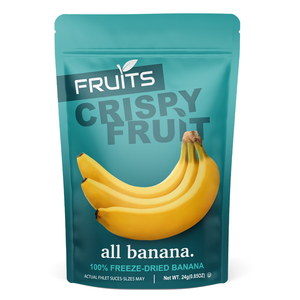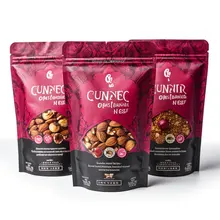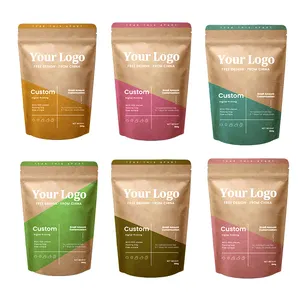Exploring Organic Food Packaging Solutions
Organic food packaging is not just a container but a crucial element in the journey of organic products from farm to table. This type of packaging is designed to preserve the quality and integrity of food items while supporting sustainability efforts. With a focus on materials that are kind to the planet, organic food packaging materials are chosen for their reduced environmental impact and ability to maintain the organic nature of the contents they hold.
The Significance of Organic Food Packaging Design
The design of organic food packaging design plays a pivotal role in the marketability and protection of organic goods. It goes beyond aesthetics, encompassing functionality and environmental responsibility. Effective packaging design ensures that organic produce, such as organic vegetable packaging and organic fruit packaging, is not only visually appealing but also secured against contamination and spoilage, extending shelf life without compromising on eco-friendliness.
Types and Applications of Organic Packaging
Diverse in form, organic packaging solutions cater to a wide array of products. Organic rice packaging and organic honey packaging, for instance, are tailored to protect the granular texture and viscosity of their contents, respectively. Meanwhile, organic egg cartons are structured to cushion fragile items, and sustainable packaging for snacks is designed to be convenient and resilient for on-the-go consumption. Each type serves the dual purpose of safeguarding organic integrity and meeting the USDA packaging requirements.
Materials and Advantages of Organic Packaging
The choice of organic food packaging materials is vast, ranging from biodegradable fibers to recycled paper. These materials are selected for their low impact on the environment, promoting a cycle of sustainability. For example, natural food packaging often utilizes plant-based bioplastics, which are compostable and reduce reliance on fossil fuels. The advantages of using such materials include a smaller carbon footprint and the support of non-GMO and organic farming practices, aligning with non GMO packaging standards.
Challenges and Innovations in Organic Packaging
While organic packaging is beneficial, it also presents challenges such as balancing durability with biodegradability. Innovations in this field are continually emerging, addressing these challenges with new materials and designs that do not compromise on protection or sustainability. For instance, coconut sugar packaging has evolved to use materials that protect the hygroscopic nature of the sugar while being environmentally responsible.
Conclusion
In conclusion, the realm of organic food products packaging is one of constant evolution, aiming to meet the needs of both the planet and the consumer. It is a testament to the commitment of the industry to uphold the values of organic products while innovating for the future. As the demand for organic goods grows, so does the need for packaging that complements the ethos of the organic movement.










































 浙公网安备 33010002000092号
浙公网安备 33010002000092号 浙B2-20120091-4
浙B2-20120091-4